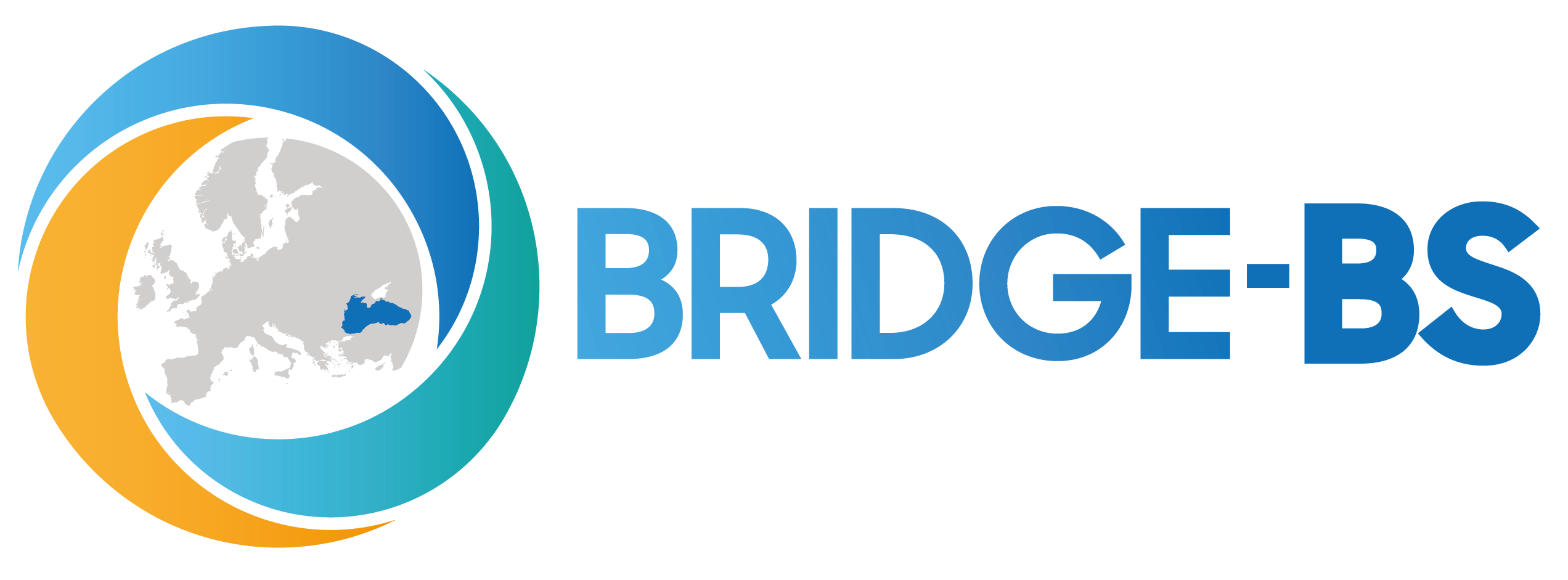PILOT SITE 2
WESTERN SHELF OF THE VARNA/BURGAS SITE

ABOUT THE PS2
The PS2 Western Shelf lies within the Bulgarian Exclusive Economic Zone (EEZ), spanning the shelf area up to the 200-meter isobath and covering 12,619 km². It stretches from the RO-BG border in the north to the BG-TR border in the south. The coastline is 432.35 km long, representing 11% of the total Black Sea shoreline, with 362.62 km consisting of natural landforms and 69.89 km classified as technogenous.
The northern coastline (Cape Sivriburun to Cape Emine) is predominantly straight, lacking major bays. Varna Bay, the largest along this section, measures 7 km in length, with a maximum depth of 19 m, and connects to the freshwater Varna Lake. The city of Varna, Bulgaria's second-largest economic hub and its biggest seaside resort, is located here. The Kamchia River, the largest flowing into the sea, contributes 82% of the total river outflow. Its catchment area (5,358 km²) covers 40% of Bulgaria's Black Sea drainage basin, delivering approximately half of the national freshwater discharge.
The southern coastline (Cape Emine to the TR border) features soft and medium malleable silts with shells on the seabed, transitioning to terrigenous sediments in the southernmost sections. Burgas Bay, the largest bay along the Black Sea coast, spans 33 km in width and 25 km in length, with a maximum depth of 37 m. The northern part of Burgas Bay has medium sensitivity to coastal erosion, while the southern part has low sensitivity. Seven small rivers flow directly into the southern region, contributing a combined outflow of 14.39 m³/s, with the Veleka River accounting for 61% and the Ropotamo River 9%.
SUSTAINABLE BLUE ECONOMY OPPORTUNITIES
KEY MULTI-STRESSORS

INVASIVE SPECIES

ACUTE POLLUTION
CLIMATE CHANGE
WATER QUALITY DETERIORATION
BRIDGE-BS ACTIVITIES IN THE PS2

- A comprehensive dataset has been collected over seven years as part of the National Integrated Marine Pollution Monitoring Program.
- In addition to the existing data, three new sampling stations in PS1 were established and sampled during the summers of 2022, 2023, and 2024.
- All sampling activities from 2017 to 2024 were conducted aboard the R/V TÜBİTAK MARMARA.
- From 9 to 11 July 2024, the R/V Alemdar II, operated by Istanbul University, conducted a cruise to monitor the inflow of Mediterranean water through the Bosphorus.
- On 9 July 2024, a joint offshore intercomparison exercise for CTD and dissolved oxygen measurements was carried out by Istanbul University and METU.
- METU conducted four seasonal expeditions (2021–2024) covering the entire basin and PS1.
- Three Rounds of Living Labs were held: one online and two onsite, engaging approximately 50 participants from various sectors and local communities.
- Activities included the creation of a Mind Map to identify pressures on the ecosystem, as well as the prioritization of ecosystem services.
- Scenarios for Sustainable Blue Economy were developed and spatialized using a Cum-Risk Based Assessment approach.
- The outcomes of the final Living Lab, conducted in Istanbul, are being utilized to shape the Transformative Pathway through collaborative efforts.
- A novel catalase enzyme gene was identified in Black Sea sediment samples using metagenomics techniques.
- The enzyme was successfully expressed, purified, and tested. Activity assays demonstrated that it remains functional within a temperature range of 4-35°C, a pH range of 6-9, and a salt (NaCl) concentration range of 0-3M.
- These findings were included in the “D5.4 Report on Black Sea Microbial Biotech Potential Demonstrator.”
- A presentation was delivered at the Young Ambassador event, held at Mimar Sinan Fine Arts University as part of World Environment Day.
- The talk emphasized the importance of both protecting the seas and serving as ambassadors for environmental awareness.
- Boat Cruises: During the summer of 2023, dolphin-watching boat tours were organized in the Bosphorus in collaboration with Beykoz Municipality and the District Directorate of National Education.
- PhD students from IO-BAS and IBER-BAS actively disseminated the achievements of the BRIDGE-BS project, including PS2 activities, during the EcoFestival held in Varna on November 2, 2024. The event was organized by Eco Partners Bulgaria AD with the support of the Municipality of Varna, providing a platform to engage the public and raise awareness about marine research and sustainability.
PARTNERS INVOLVED








